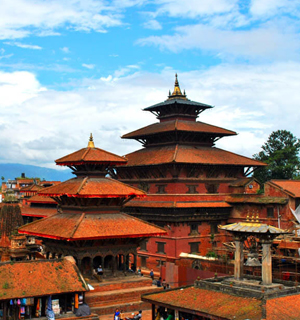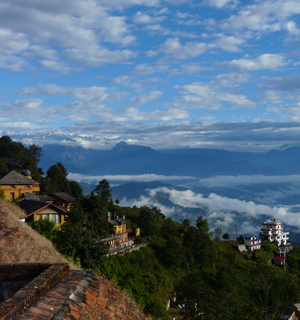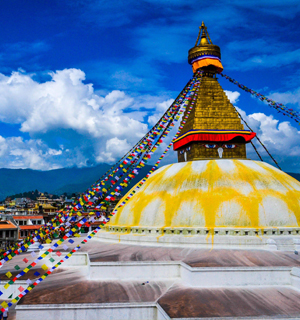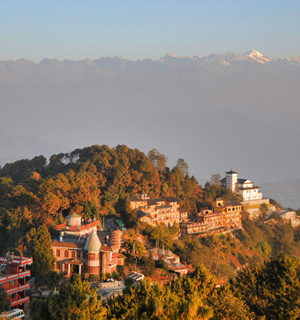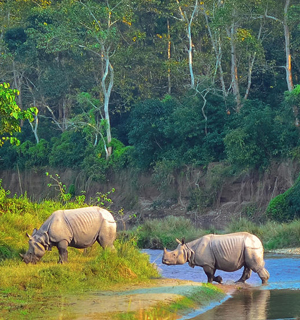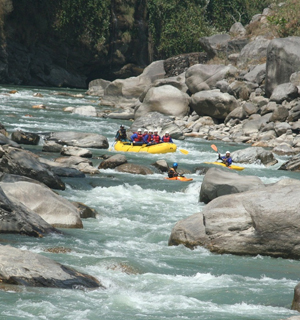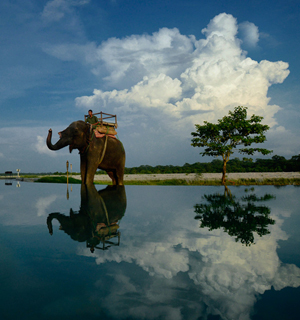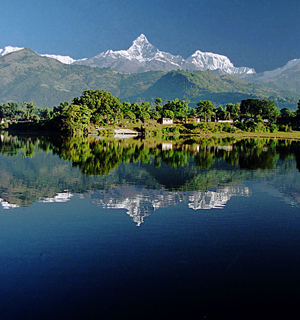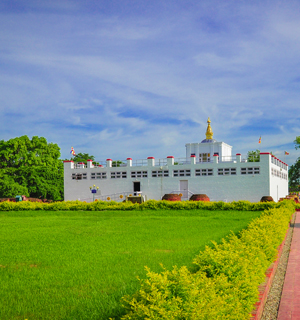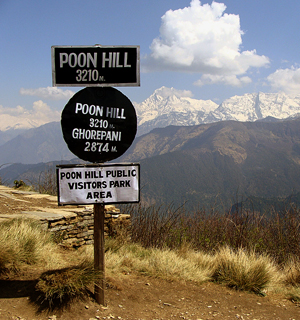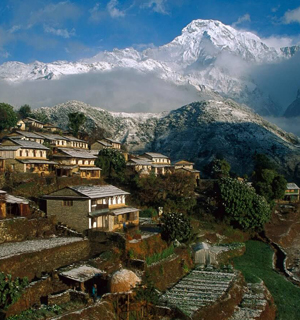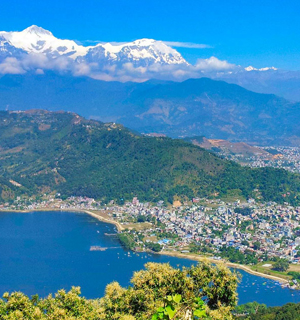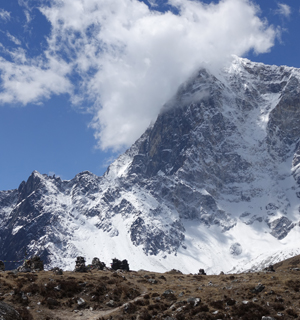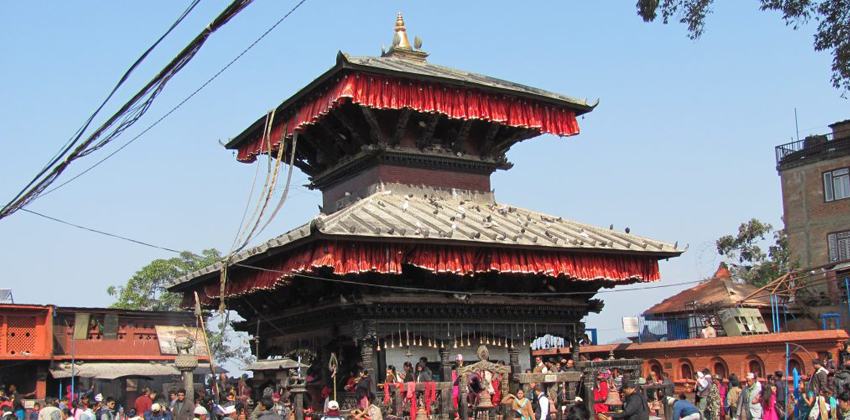
Kathmandu Manakamana Pokhara
Kathmandu Manakamana Pokhara facts
- Duration of Trip: 6 Days
- Tour Days: 6 Days
- Type of Tour: Hotel
- Grade of Tour: Easy
- Country :Nepal
“ a scenic interesting and on cable car to Manakamana temple, tour of picturesque Pokhara valley in the shade of Annapurna Himalaya, in Kathmandu scenic tour of temples, monasteries, old palace, royal courtyard, scenic mountain view and world heritage sites Buddhanilkantha, Pashupatinath, Bouddhanath, Bajrajogini / Sankhu with Patan old palace courtyard”
EncountersNepal grand sightseeing tour of famed and renowned places leads you to various scenic and cultural sites in and Kathmandu beyond to Manakamana Temple in Gorkha, continues to the most picturesque famed tourist destination at Pokhara with its pristine Phewa lake in the shade of giant mountain Annapurna and Lamjung Himal with Manaslu range including magnificent Mt. Machhapuchare Peak “Fish Tail” that dominates the Pokhara valley.
On arrival in Kathmandu with authentic Nepali cuisine dinner with local folk and cultural dance program, next day a scenic and interesting drive on Nepal main highway with fabulous views of rolling green hills, valleys dotted with typical Nepali farm villages with snow capped peaks to the north passing several villages and towns reaching at Kurintar by the Kathmandu / Pokhara highway and then taking short ride in cable car to reach at Manakamana temple ( Goddess of fulfilling wishes) Manakamana Temple located 135 k.m. from Kathmandu and 12 k.m south of historic town Gorkha perched a hill ridge at1,302 meters above the Trisuli and Marshyangdi River, this temple is a famous and popular pilgrimage spot where devotees and pilgrims from all over Nepal and India comes here to pray and to fulfill their wishes by sacrificing animals goats and chickens and as well set the pigeons free, after an interesting tour of Manakamana return back across the river Trisuli by cable car and continue drive towards Pokhara heading west of Kathmandu, the ride of 5-6 hours reaches the scenic Pokhara valley and its city, the best, good hotels, resorts and lodge in the tourist area around Lake Phewa side.
At Pokhara tour begins early morning with a short drive to a hill side at Sarangkot for stunning sunrise view over array of snow capped mountains from world’s 7th highest Mt. Dhaulagiri 8,167 m, 10th highest Mt. Annapurna 8,091 m and 8th highest Mt. Manaslu 8,163 m including range of smaller peaks with ever present majestic Mt. Machhapuchare “Fish Tail” standing high at 6,993 meters.
Sarankot hill top the tallest spot at 1, 460 meters with super views of mountains, Pokhara green valley and its city with Phewa lake below, beside the fabulous panorama famous for paragliding which is one of the most popular adventure sports around this scenic place.
In Pokhara with two nights over stop marvel the beautiful scenery and with tour of
Bindhyabasini Temple, Devi’s water fall with Gupteshwor Mahadev cave all this program are done in a day before breakfast and after breakfast and lunch on route sightseeing places with boating in the serene lake Phewa in the backdrop of the mountains.
After a wonderful time heading back to Kathmandu on the same interesting highway following the Trisuli river for some time, and then on the uphill drive to reach Kathmandu city.
In Kathmandu with another two night stop after Pokhara with impressive tour within the valley rim.
Kathmandu a historical, cultural, scenic valley and capital of Nepal with Multi party government a Republic Nation.
Kathmandu Valley, a unique valley with exotic setting 25 centuries back it stood as a large lake. It is completely surrounded by a level of Green Mountain walls above which to the north tower the mighty snowcapped peaks during the winter.
It consists of four major cities carrying great historic, artistic and cultural interest.
Kathmandu city with its wonderful green valley slowly emerging into a metropolitan city and towns, however old temples, monasteries, old palace, royal courtyard and world heritage sites still retains its past time glory and artifacts with ancient culture, traditions, religions and way of life as it was in past earlier old periods.
Kathmandu city and the surrounding valley has much more to offer our guests and travelers to taste our rich culture and traditions with warm friendly hospitality of Nepali people showing you the wonders of Kathmandu arts, historic monuments with colorful festivals.
All our guided sightseeing tour offering information of the places of main attraction and interest in and around Kathmandu valley, beside Kathmandu being a bustling city but steeped in history with amazing terracotta artifacts, pagoda temples and dome stupa Buddhist monuments with ancient royal king courtyard with various impressive tours within Kathmandu valley where one ca marvel day to day.
Next day starting after breakfast with short drive to famous Hindu Phasupatinath Temple with golden tier pagoda roofs with four silver sided doors, the temple is busy every day with pilgrims and disciple from all over Nepal and India the main occasion is in mid February “Shiva Ratri” birth anniversary of lord Shiva.
From here a short drive to Little Tibet at Boudhanath, declared as the largest Buddhist shrine of South Asia. The ancient colossal chorten built in the 6th century A.D. by King Man Deb. With series of three terraces and from the bird's eye view it takes the relevant shape or of a lotus flower which indeed remains a very holy object for all the devout Buddhists of the world.
The chorten surrounded by a circular market of Tibetan influence, the chorten embraces the authentic philosophy of Mahayana faith of Buddhism known as Lamaism in Nepal, Sikkim, Ladakh, Bhutan and Tibet.
After a wonderful time next day tour leads to north of Kathmandu at Buddhanilkantha also known as Narayanthan, located northern suburbs of the valley rim at the foot of Mt. Shivapuri, this is an enchanting Hindu temple dedicated to Lord Vishnu Narayan lies in a bed of serpents amidst the devout pool and seem to float on water. The surrounding pond represents the sea, statue was built in the 5th century A.D. The time and season of religious celebration here takes place right after the festival of Tihar. Although it is a renowned spot of worship, the reigning king of Nepal (may it be contemporary or any Hindu monarch) may not visit this place for reasons particularly unknown. Thus to please the king a replica of it has been built elsewhere if he wishes to visit it much.
From here drive to ancient Sankhu town and visit Bajrajogini temple dedicated to a goddess of red faced having three eyes, thumb and the middle finger of the right and left hands have decorated at bodily state Bajrayan tantra with a sword and amethyst work almost in full decoration with ornaments named Shree Shree Shree Prachanda Ugratara; respectively.
Around the area, there are nine caves that refer to the Stone Age. In one of the caves, there are two rooms. The priest, the ardent lover of the goddess goes into the cave for penance.
The Bajrayogini Fair continues from Chaite Purnima, Full Moon day that lies in March or April of the Gregorian calendar.
After an interesting time here drive to Changunarayan temple outside Kathmandu and Bhaktapur city, located on a hill side listed in the world cultural heritage, a scenic spot situated at the altitude of about 1,700 meters and 04 k.m north of Bhaktapur. The temple is believed to be the oldest of all the temples of Nepal.
It is said to have built by King Hari Datta Verma in 323 A.D. And most authentic inscription locates in the precinct of Changu Narayan dated 464 AD it is accredited to the King Lichavi King Mandeva.
Then heading back to Kathmandu with an interesting drive through rural farm villages and towns with visit and tour of Patan city situated south of Kathmandu separated by a bridge over the River Bagmati. Patan also known as Lalitpur meaning city of Arts, visit the old palace courtyard (Durbar) fascinating tall terracotta house with intricate window carvings, and stone temple of Krishna with a pillar of Garuda the vehicle of Lord Vishnu and as well of Lord Krishna. After the historic visit drive back to respective hotel, after a wonderful tour and experience of amazing Nepal arts, culture, religion with old traditions with EncountersNepal excellent service.
